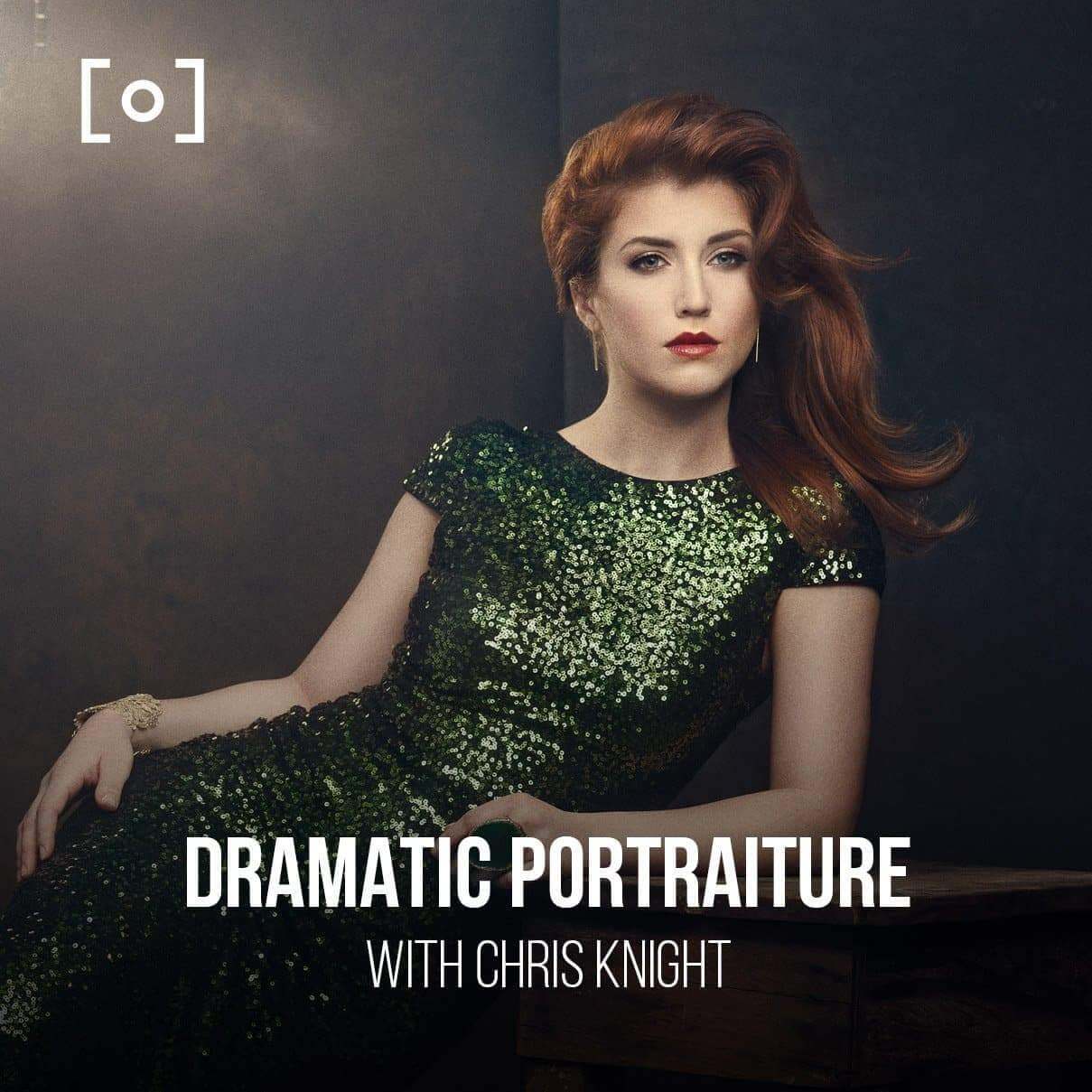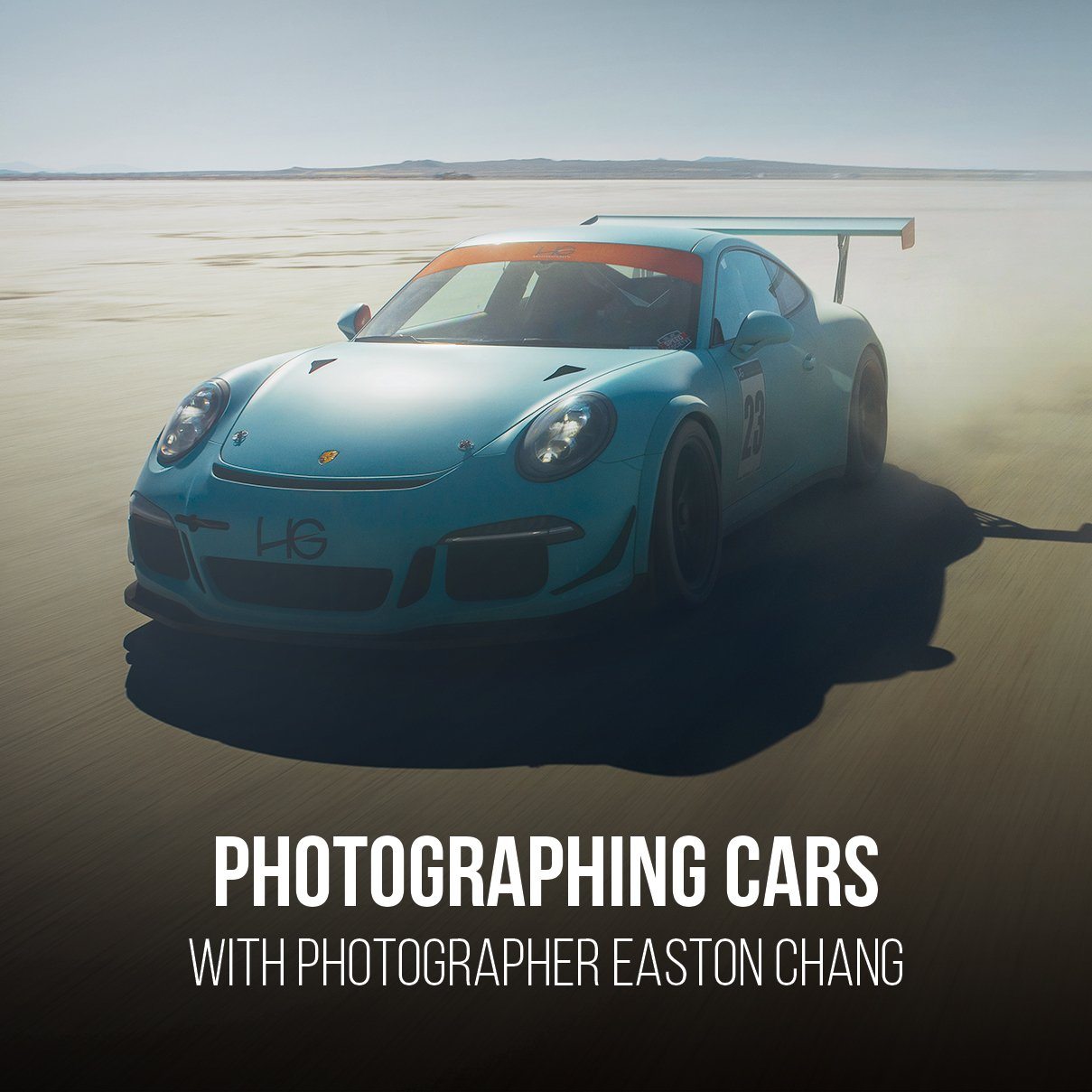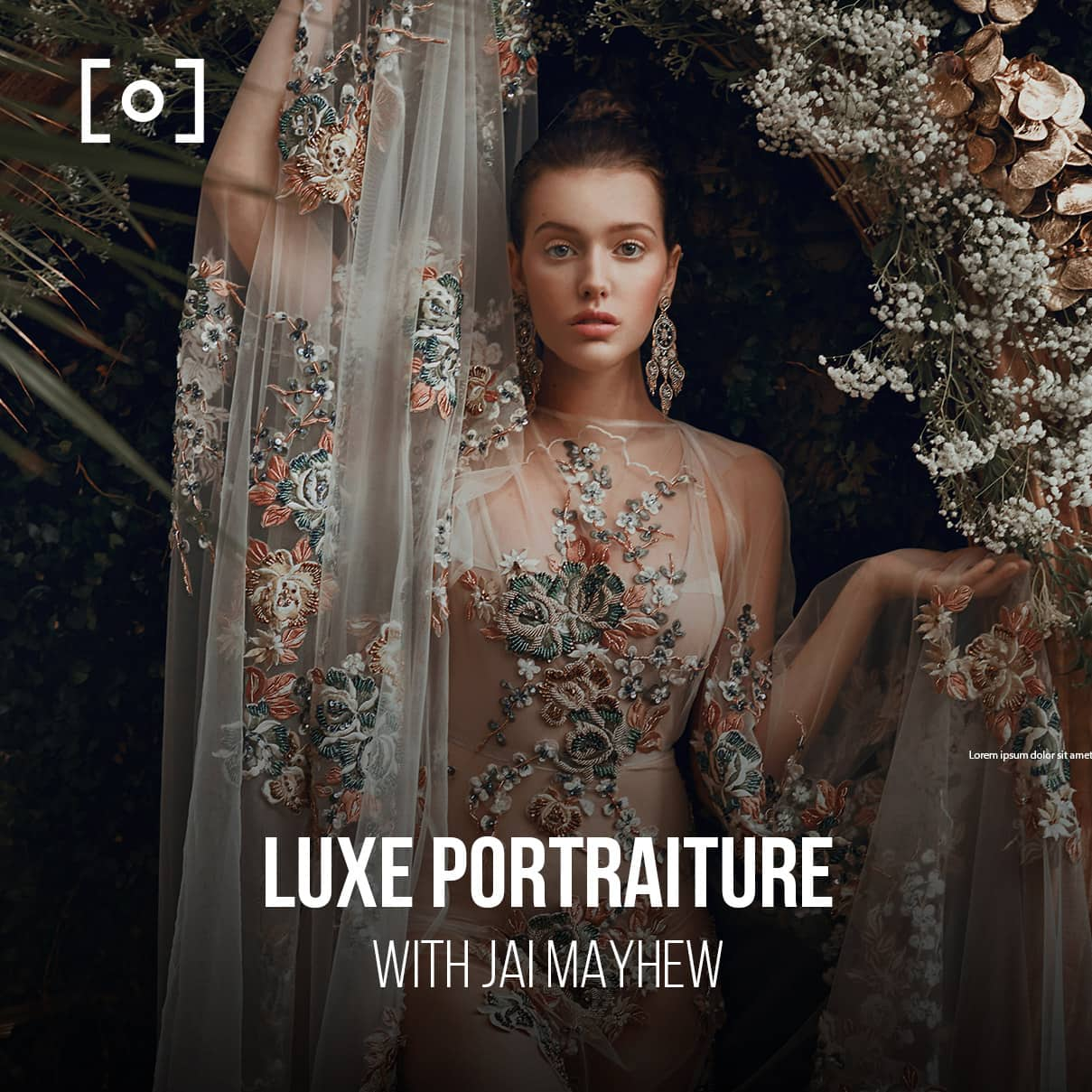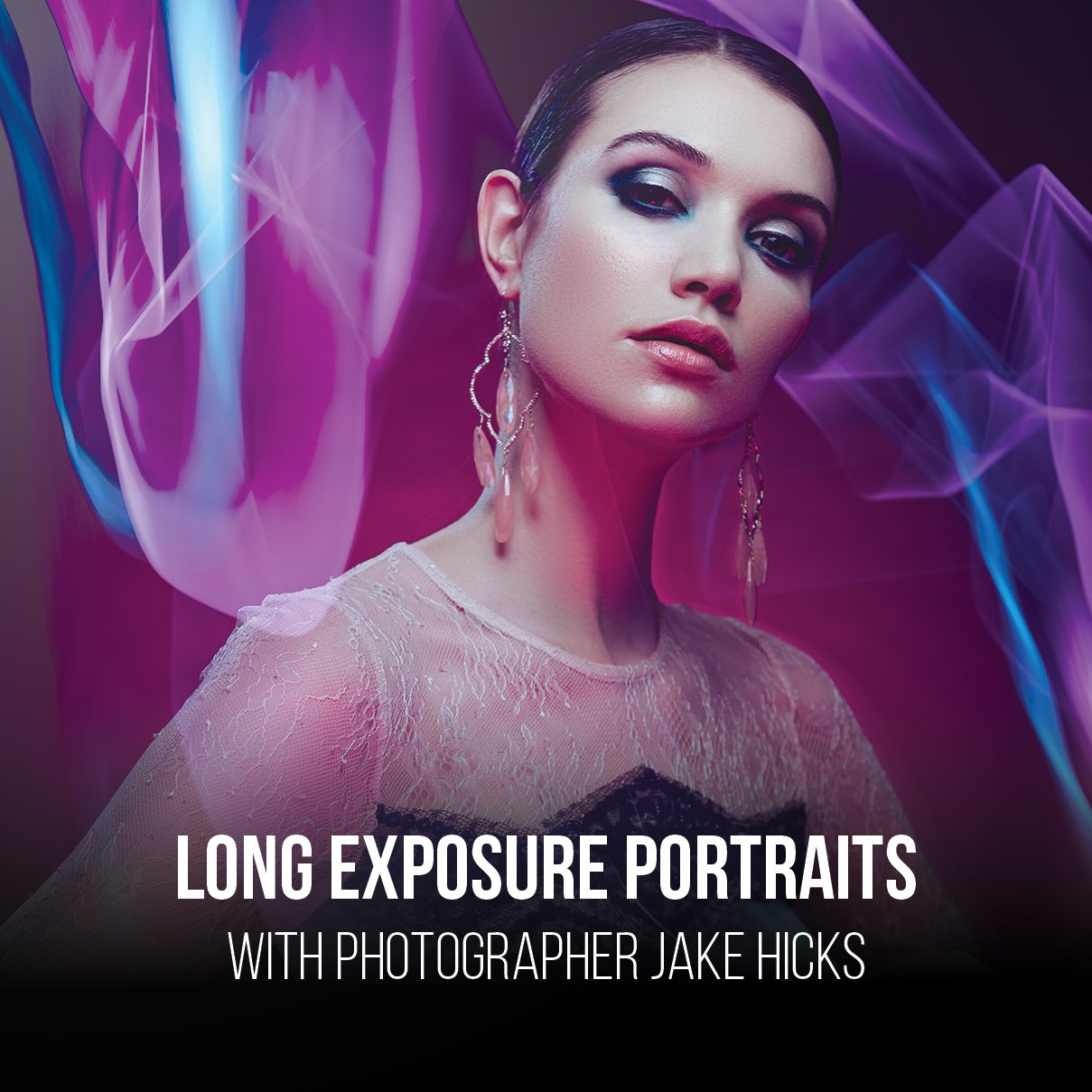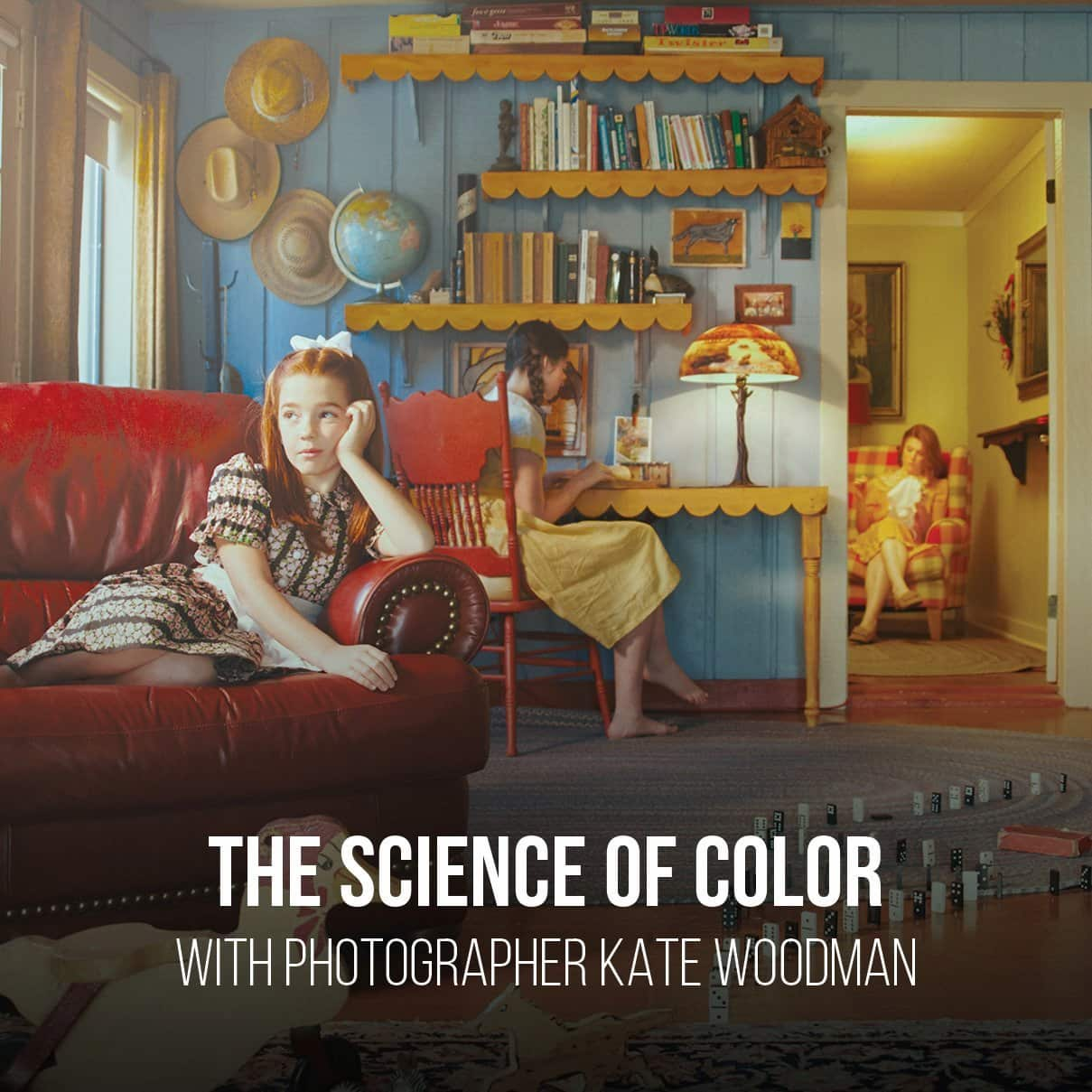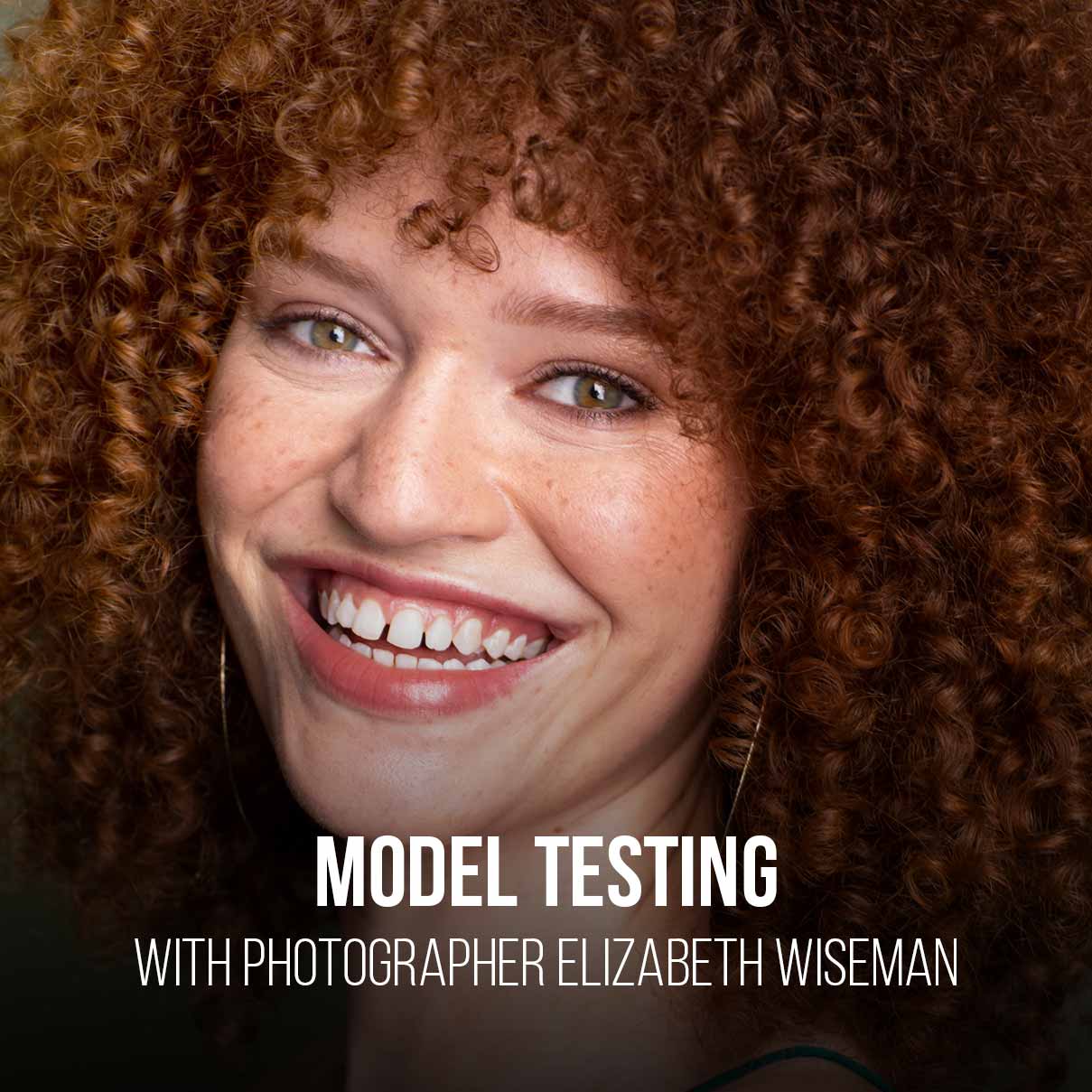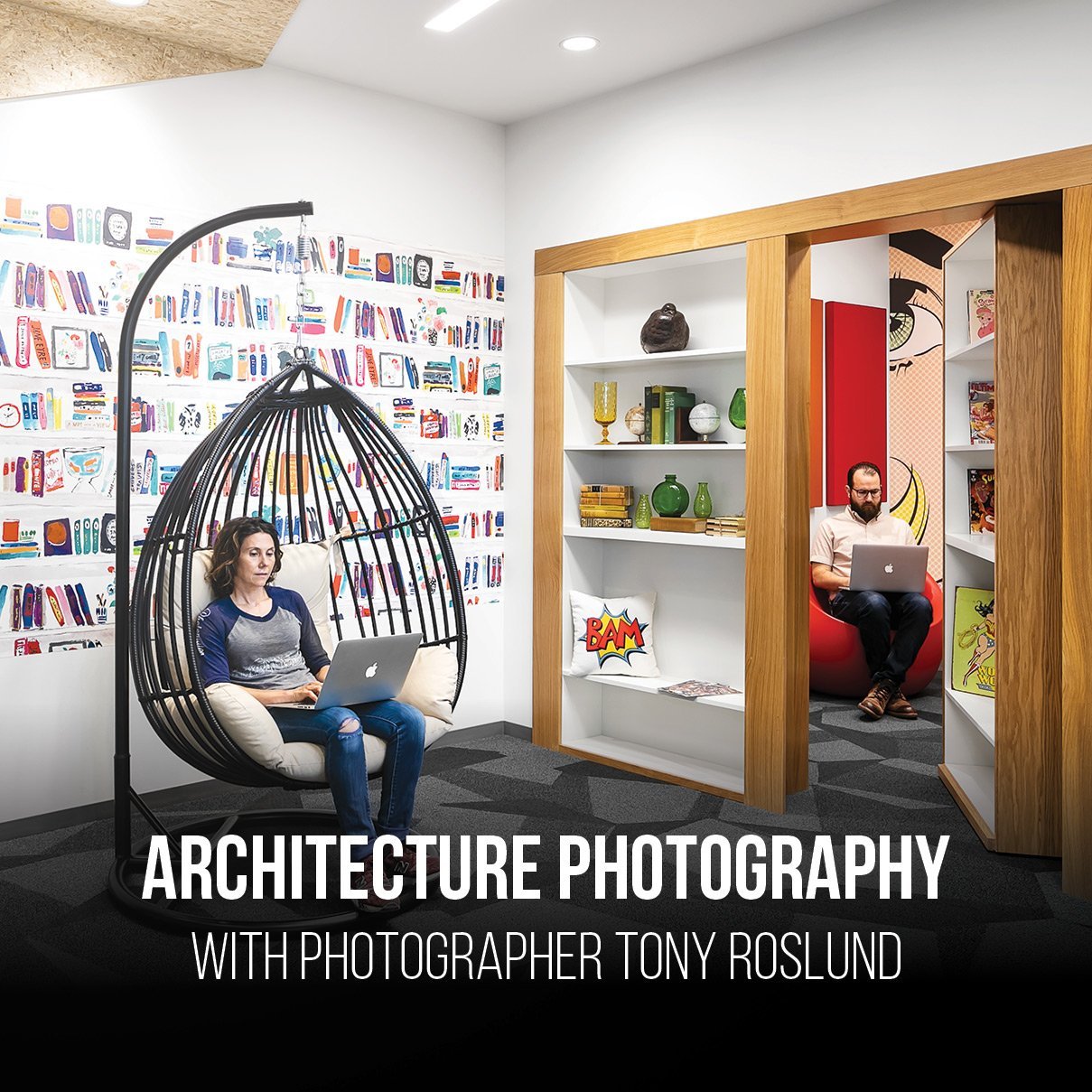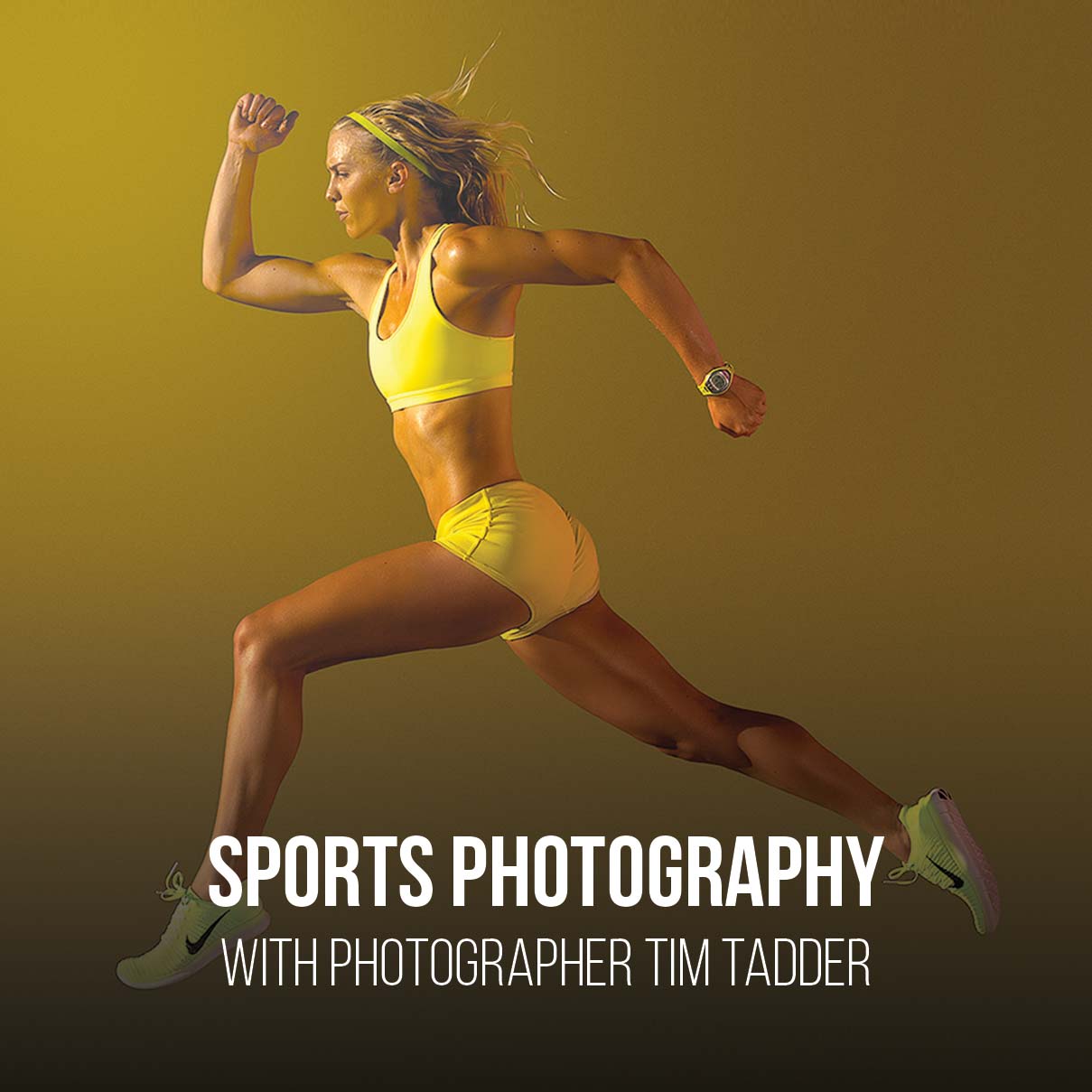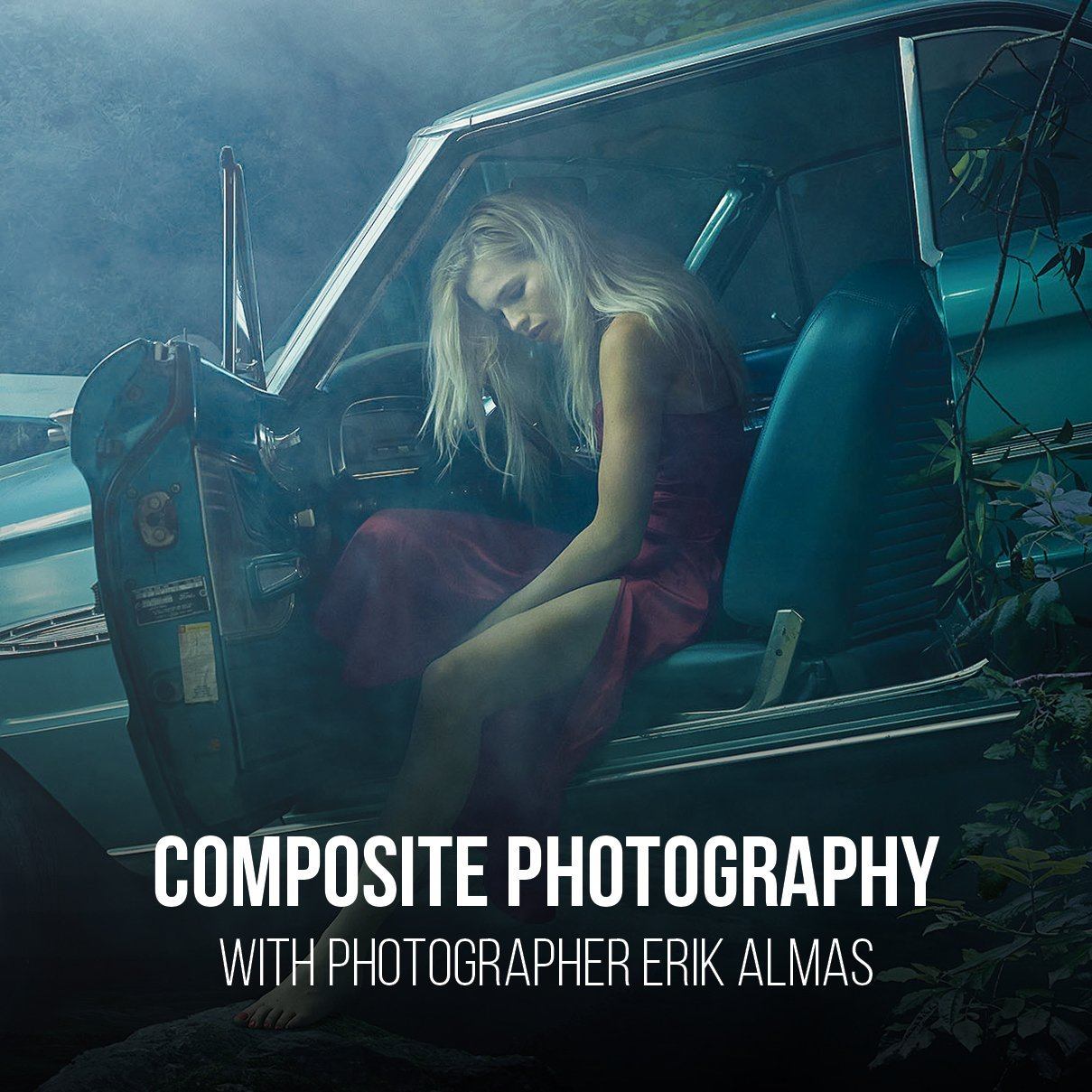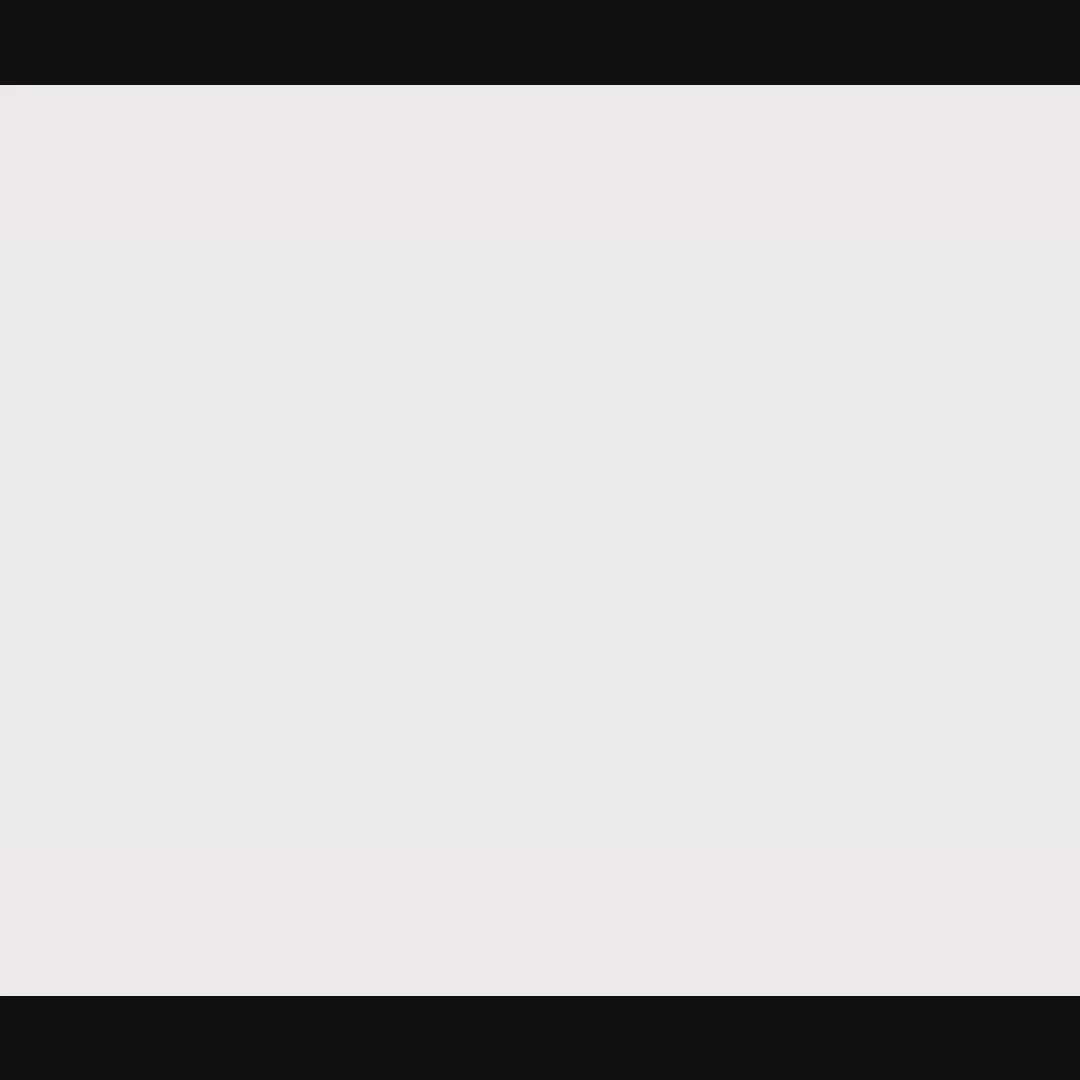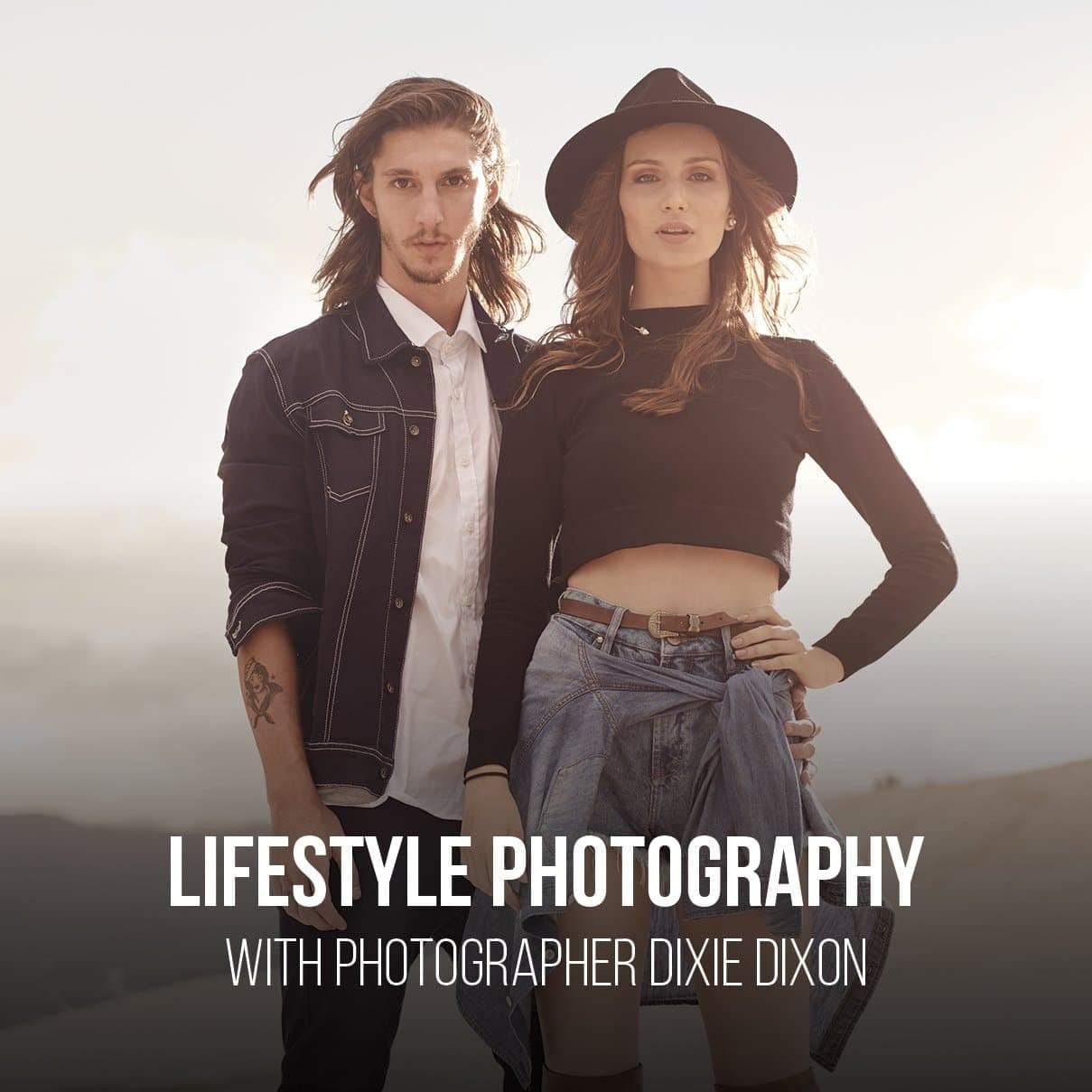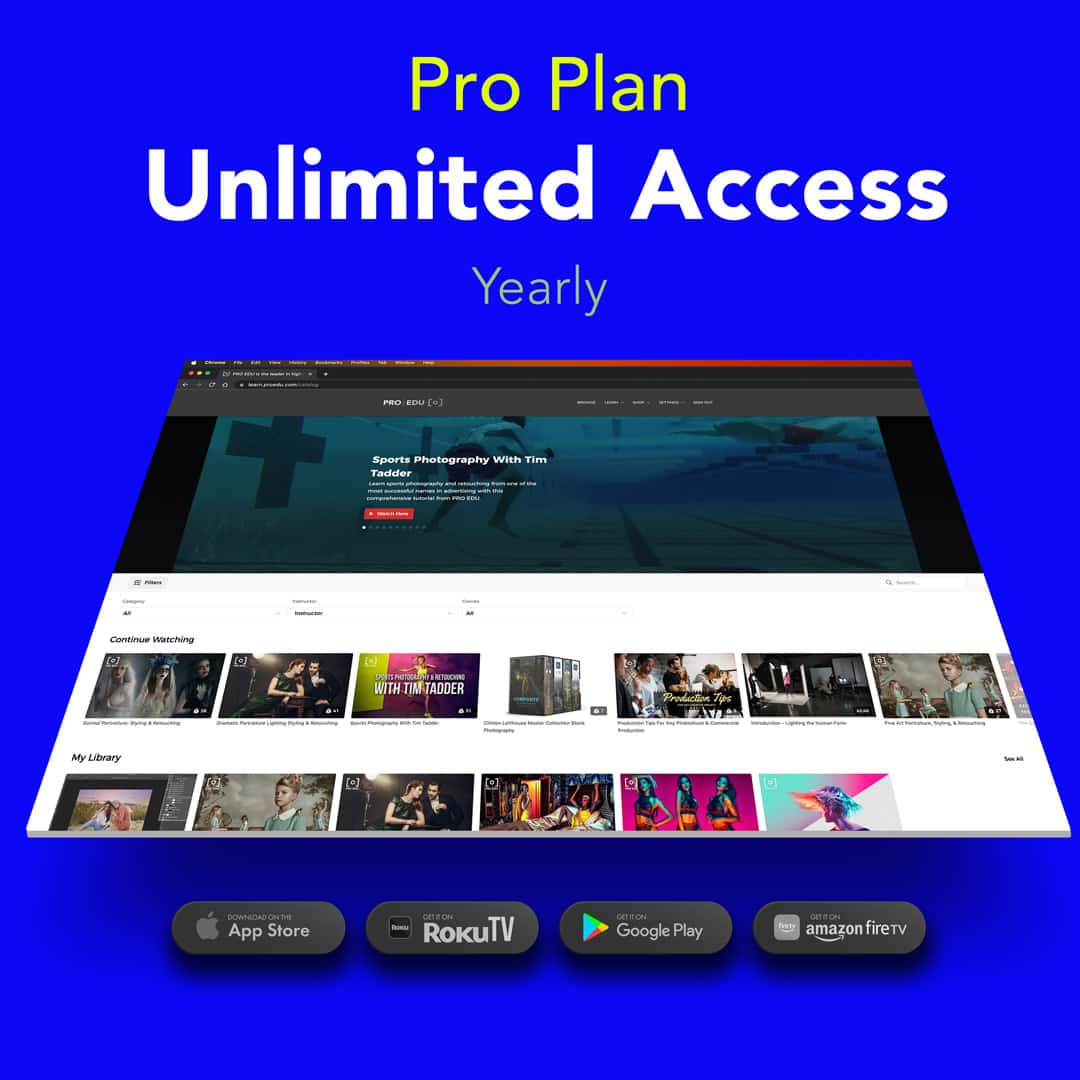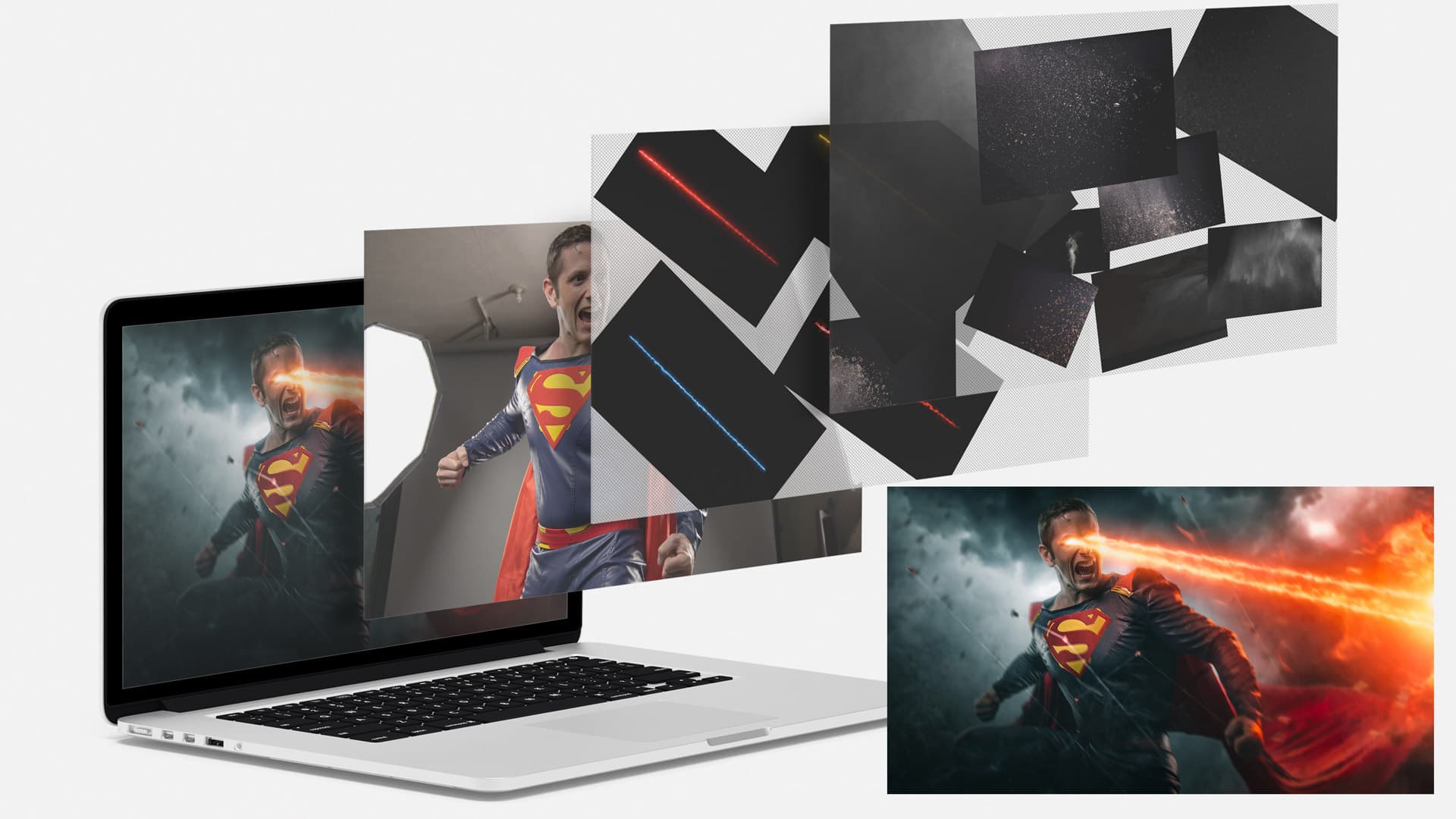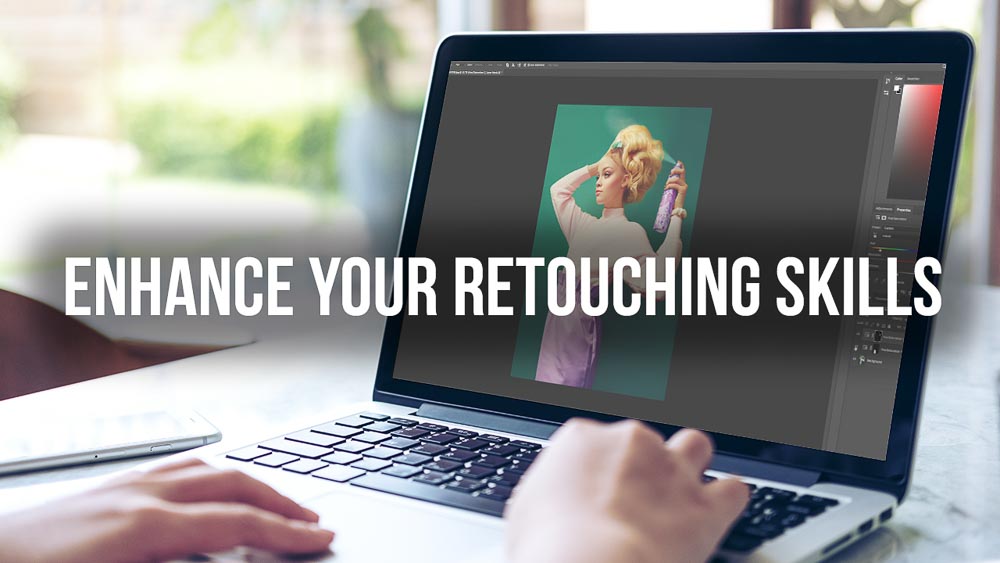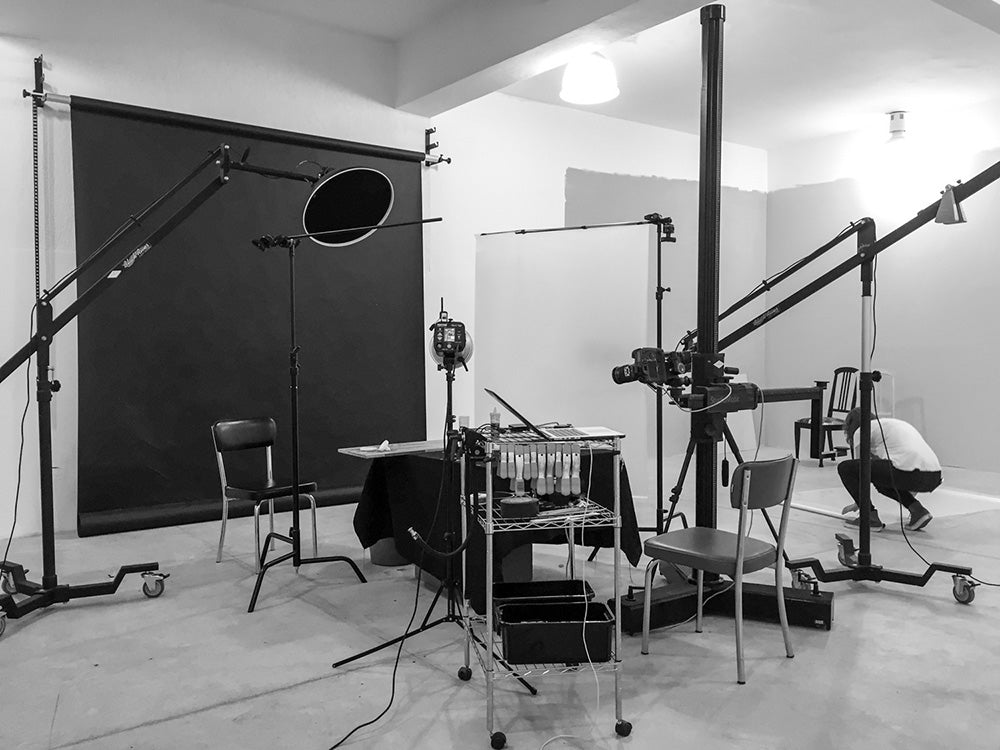A Comprehensive Analysis of Copyright Law and Midjourney's Approach to Avoiding Infringement
The digital age has brought about new opportunities for creativity and expression, but it has also brought new challenges, including the issue of copyright infringement. As a content creation platform, Midjourney has a responsibility to provide high-quality, original prompts and images that inspire creativity and expression, while also avoiding infringing on the rights of other artists and creators.
In this regard, Midjourney has demonstrated its commitment to ethical content creation by taking a proactive approach to avoiding copyright infringement.

The U.S Copyright Act of 1976 & Midjourney
Under the Copyright Act of 1976 in the United States, original works of authorship, including literary, dramatic, musical, artistic, and certain other intellectual works, are protected. This means that the creator of a work has the exclusive right to reproduce, distribute, perform, and display their work, among other rights.
It is therefore important for content platforms to take steps to ensure that they are not using protected works without the permission of the owner.
How To Avoid Infringing On Someone's Work In Midjourney
To avoid infringing on the rights of artists and creators, Midjourney has implemented several measures to verify the originality of its content. The platform carefully checks each prompt and image for any potential copyright issues, only using licensed or public domain content, and conducting further research or seeking permission from the rightful owner if there is any uncertainty.
This approach is in line with Supreme Court cases such as Feist Publications, Inc. v. Rural Telephone Service Co., Inc. (1991), where the court held that originality, not novelty, is the key requirement for copyright protection, and Oracle America, Inc. v. Google LLC (2018), where the court held that the copying of an original work, even for a different purpose, can still be considered copyright infringement.
Moreover, Midjourney also promotes responsibility among its users by encouraging them to respect copyright laws and to only use images and prompts that they have the right to use. If a user raises concerns about the source of a prompt or image, the platform takes swift action to investigate and remove any infringing content, in accordance with the Digital Millennium Copyright Act (DMCA) of 1998.
The DMCA provides safe harbor provisions for online service providers, such as Midjourney, that act in good faith to remove infringing content when notified by a copyright owner.
What Is Fair Use In A.I?
It is worth noting that the concept of fair use is also a critical component of copyright law. Fair use allows for limited use of a copyrighted work for purposes such as criticism, comment, news reporting, teaching, scholarship, or research.
However, it is a complex concept that requires a careful balancing of four factors: the purpose and character of the use, the nature of the copyrighted work, the amount and substantiality of the portion used, and the effect of the use on the potential market for the copyrighted work.
How Does Midjourney Take Steps To Protect Artists?
Midjourney takes a cautious approach to fair use, recognizing that it can be a gray area and that each case requires a specific analysis. The platform provides guidance to its users on the principles of fair use, but also encourages them to obtain permission from the copyright owner when in doubt.
In conclusion, Midjourney has demonstrated its commitment to promoting creativity and ethical content creation. By taking steps to ensure that its prompts and images are not infringing on the rights of other artists, the platform sets an example for others in the industry.
By providing high-quality, original content, Midjourney inspires and supports the creative community, demonstrating the importance of respecting the rights of artists and creators in the digital age and following the principles of copyright law, including fair use.
By taking this approach, Midjourney helps to foster a culture of creativity and expression while ensuring that the rights of artists and creators are protected.






